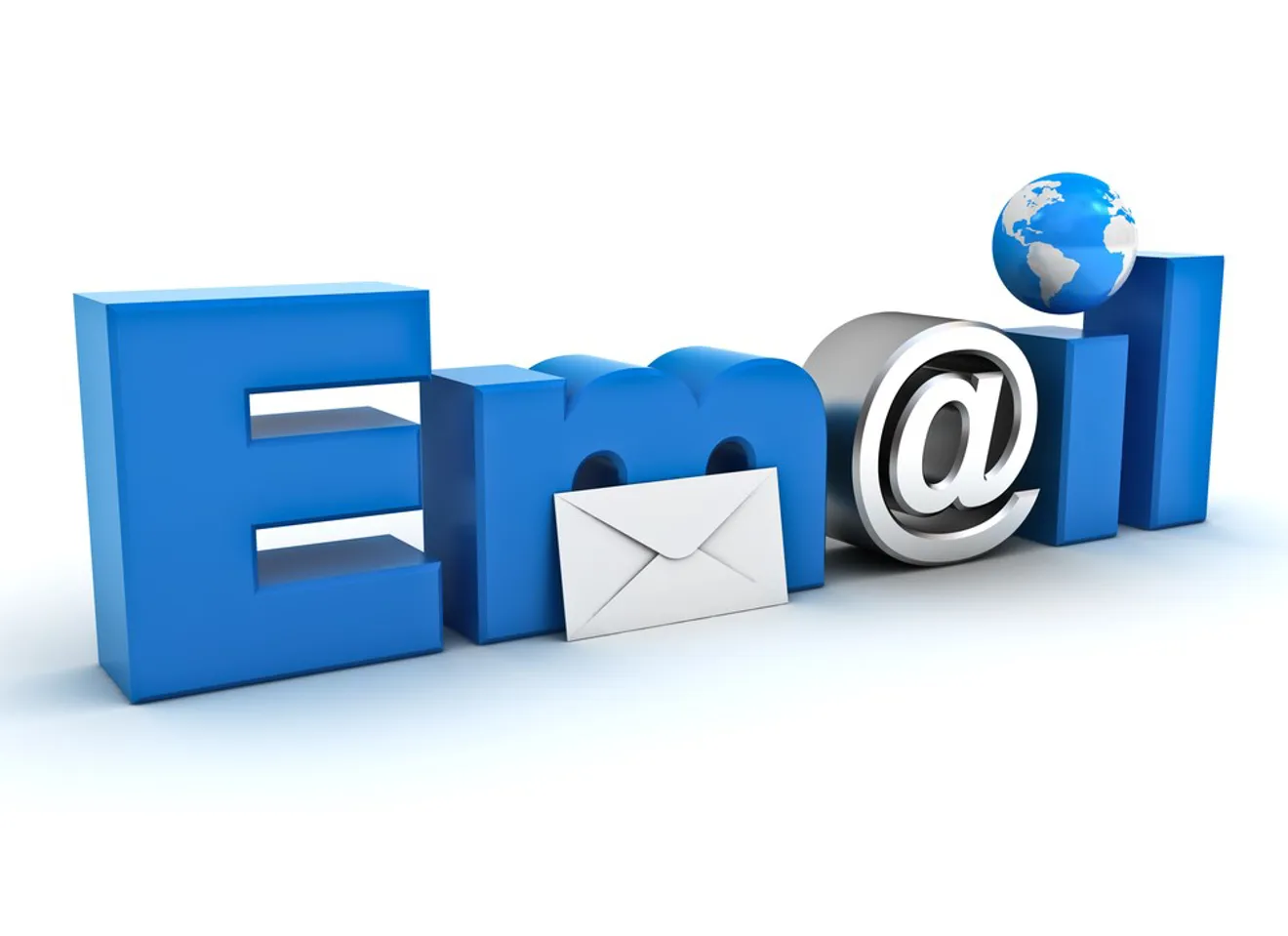
Working in Norway
Business Emails: Using a Format to Clear Up Your Writing Style
Do you sometimes struggle with getting clear replies from your email contacts? Could your own unclear writing style be a part of the problem? People often tell me that their biggest frustration is that they don’t get any clear answer after having written to their contact with (a) question(s). It can take several rounds of …
Do you sometimes struggle with getting clear replies from your email contacts?
Could your own unclear writing style be a part of the problem?
People often tell me that their biggest frustration is that they don’t get any clear answer after having written to their contact with (a) question(s). It can take several rounds of back-and-forth emails to settle a simple matter like asking to get a copy of a sales report sent out.
(While this problem happens to native English speakers, it happens extra often to people who have English as their second language, especially when both writer and receiver are not native speakers. So if this is you, you’re certainly not alone in dealing with this challenge!)
But when I ask to see the emails these frustrated workers have initially sent, I often struggle myself to find out what they want. Or should write ‘pick out’, as their request is often hidden somewhere in overly long paragraphs that go on and on down the length of the screen. It’s not surprising that these writers aren’t getting the response they want from their receiver.
One solution that has helped people who write unclear emails is to have a clear format for doing so. The one I’ve used in my email writing course is as follows:
- Friendly greeting
- Thanks for/Reference to previous contact
- Most important point/problem
- Important request
- Less important points
- Reference to future contact
- Friendly closing
An example of using this format might look like this:
Hello Jennifer, (1)
Thanks for sending the agenda for our meeting next Monday. (2)
I’m afraid I may not be able to make the 8:00 start of the meeting because my commute will be extra long that day because of road construction. (3)
Would it be possible to start at 9:00? It means we’d finish at 17:00 instead of 16:00. Please let me know if that’s a problem for you. (4)
You asked me to send the market report, and I am attaching it here. Please note that this is not the final draft and there may be some mistakes. (5)
I’m looking forward to seeing you next week. (6)
Best regards, (7)
John
As has been pointed out to me, the above email is probably more formal than what people write to each other in real life. I agree that it is – yet answer that you can use it as a starting point, picking out the points that work for you.
Another point course takers have made is that they want to just get to numbers 3 and 4 as soon as possible, dispensing with all the niceties of numbers 2 and 6. Maybe you do, I reply, but should you? As with most life choices, this one’s up to you to decide.
Yet if you’re frustrated and want to get clear answers, maybe following a written format (to the extent you need) will give you a way to send out clearer messages as well.



